Garry Kasparov Favorite Chess Openings
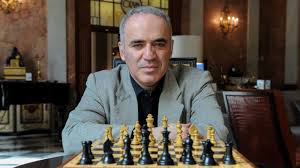
When it comes to the legendary Kasparov he literally played every type of Openings. However, there was an opening that he always preferred to play with black for so long years against the 1.d4 openings. It is the Grunfeld defense!
At first, Garry Kasparov didn’t believe in the Grunfeld defence, it was a big surprise to his opponents when he started employing it regularly in his games earning a win after a win against the strongest players in the world!
We will examine a game he played against the former world champion Vishy Anand getting a better position right out of the opening!
I would need to warn you, the Grunfeld defence is one of the most complicated openings in chess and is heavily theoretical. I would suggest that these games would give you general understanding of black plans so that you would get interested and get deeper study for serious games. However, it is worth the effort and it will earn you many many points with black as white slightest mistakes would guarantee a disaster position for him in most of the lines!
Kasparov beats Anand with the Grunfeld defense
1.d4 Nf6 2.c4 g6 3.Nc3
3…d5!
The start of the Grunfeld defence, black surprise white attacking the center instead of playing the expected King’s indian defence.
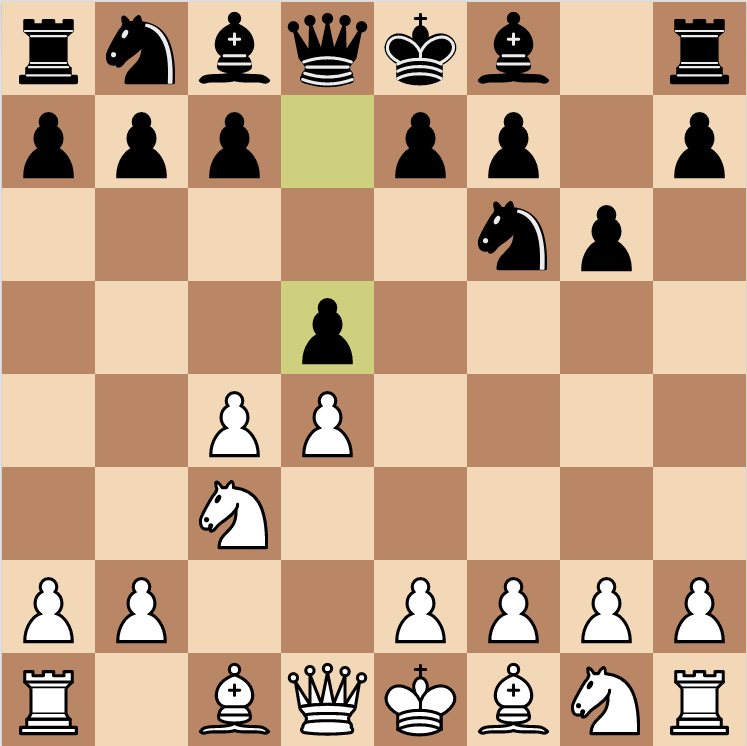
4.Nf3 Bg7 5.Qb3!? dxc4 6.Qxc4 0–0 7.e4 Na6 8.Be2
if case white tried to be aggressive early on with 8.e5?! he gets hit with the natural move 8…Be6. Sacrificing white queen for 3 pieces is not enough due to black activity. For example after the 8…Be6 9.exf6 Bxc4 10.fxg7 Kxg7 11.Bxc4 Nb4 12.0-0 Nc2 13.Rb1 Nxd4 14.Nxd4 Qxd4 black will launch a pawn storm on the center and kingside. White compensation in this position is not enough.
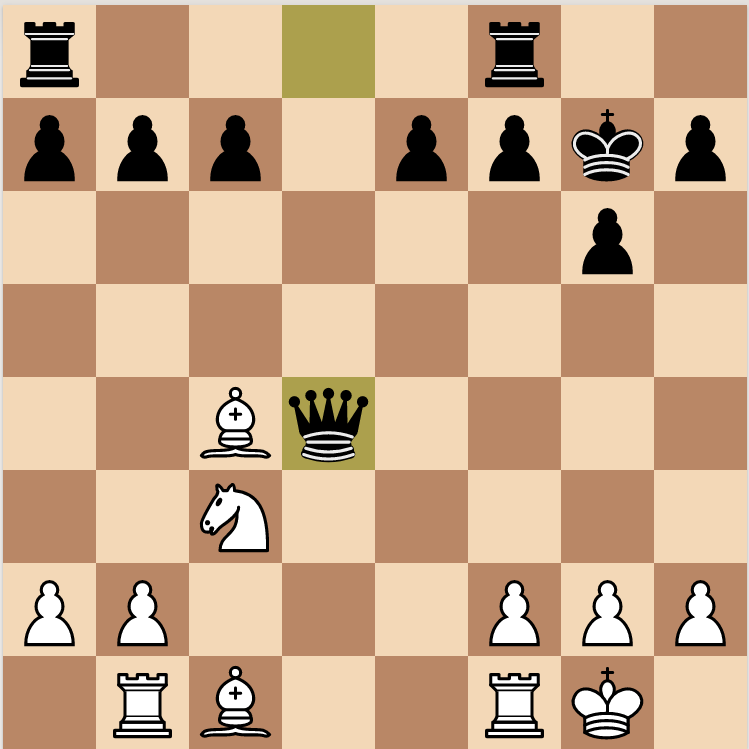
On the other hand, 9.Qb5 Nd5 10.Qxb7? Nab4! Both the white king and queen in trouble and after 11.Kd1 the simple move 11…c5! Expose white king. Black is clearly better.
Back to the game now.
8…c5 9.d5 e6 10.0–0 exd5 11.exd5 Bf5 12.Rd1 Qb6 13.d6 Rad8 14.Na4
14…Qc6!?
Interesting move and it shows how deep Garry analysis goes. This move is extremely important as it makes the black queen controls a lot of squares.
15.Be3
One possible alternative was 15.Qb5 Bc2! 16.Qxc6 bxc6 17.Re1 (17.Rd2 Bxa4 18.Bxa6 Nd5) 17…Bxa4 18.Bxa6 Nd5 and Black is about to win a pawn (Stockfish gives -1).
15…Ne4 16.Qb5 Bd7!
But not 16…Rxd6 17.Rxd6 Qxb5 18.Bxb5 Nxd6 19.Bxa6 bxa6 20.Bxc5 Rd8 21.Rd1 Bc2 22.Rxd6 Rxd6 23.Bxd6 Bxa4 24.b3 Bc6 25.Bc5 and White wins a pawn in a7.
We currently are at the following position:
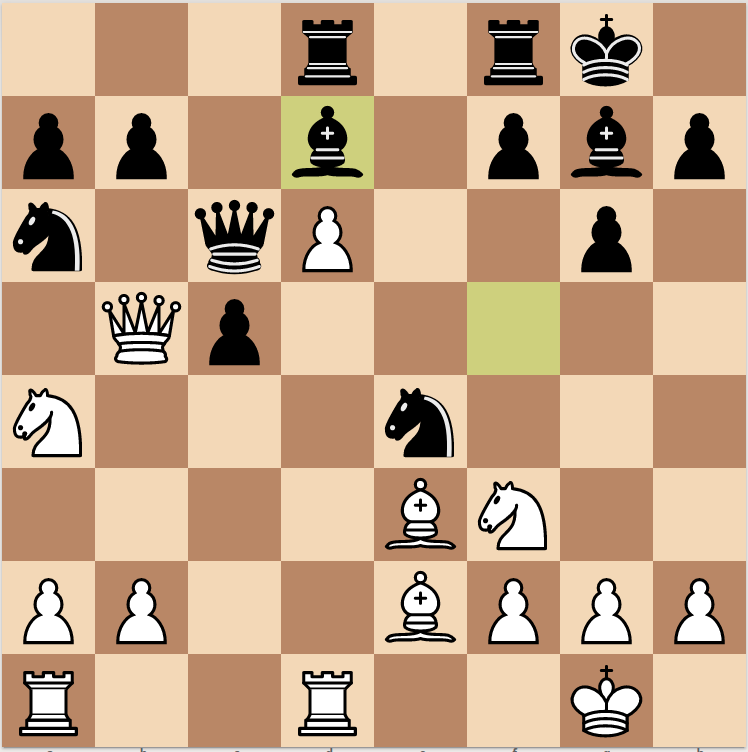
17.Qxc6 Bxc6
Black pieces are clearly better coordinated than their white counterpart, white will go under in a surprisingly swift manner.
18.Bxa6
It would not save the game the alternatives 18.Nc3 Bxc3 19.bxc3 Nxc3 20.Bxa6 Nxd1 21.Rxd1 bxa6 22.Bxc5 Bxf3 23.gxf3 Rd7–+ or 18.Bd3 Bxa4 19.Bxe4 Bxb2 20.Bxb7 Bxa1 21.Rxa1 Rxd6–+
18…Bxa4 19.Bxb7
The end is near. No different makes 19.Bd3 Rxd6! 20.Bxe4 Rxd1+ 21.Rxd1 Bxd1–+
19…Bxd1 20.Bxe4 Bxf3 21.Bxf3 Bxb2
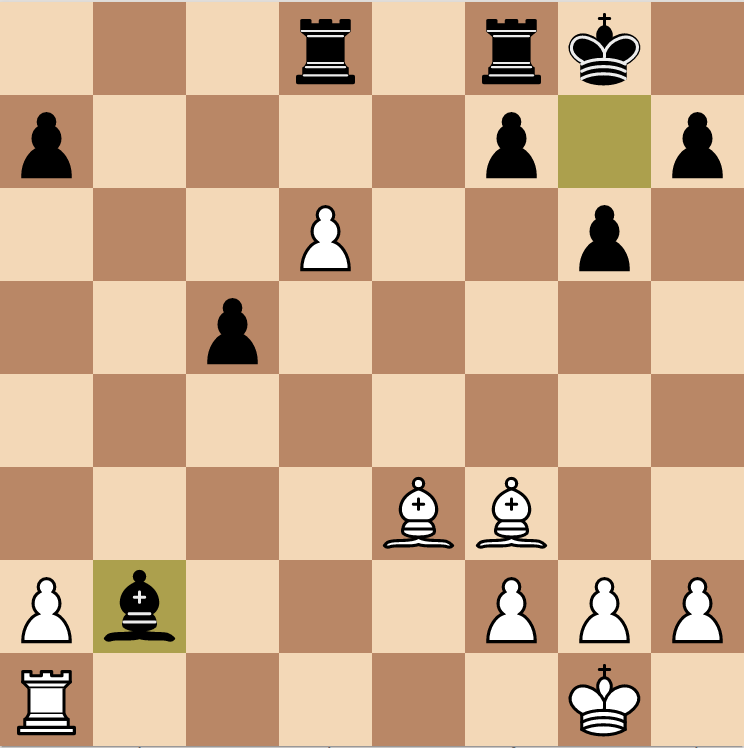
22.Rd1 Bd4 23.Bxd4 or 23.Bf4 Kg7 24.Kf1 Kf6–+
23…cxd4 24.Rxd4 Rd7 25.h4 Rfd8 26.Ra4 Rb8! 0–1
Black is totally winning. He is an exchange up and the only compensation white has is the passed pawn in the center which will fall immediately.
The only idea white would try is to exchange his passed pawn in the center for black pawn on A file. However with two rooks on the second rank and free play like this it won’t be hard for any average player to win this position against the former world champion Anand!
You can replay the entire game in my Lichess Study below.
Our next game is played against the legendary Viktor Kortschnoj in the 1988 World Cup. This game illustrate the tactical nature of this opening and how crazy it can be!
Kasparov beats Kortchnoj in the Grunfeld defense
1.d4 Nf6 2.c4 g6 3.Nc3 d5 4.cxd5 Nxd5 5.e4 Nxc3 6.bxc3 Bg7 7.Bc4 c5 8.Ne2 Nc6 9.Be3 0–0 10.Rb1 Na5 11.Bd3 cxd4 12.cxd4 b6
This position is very flexible for black. His idea is simple. He will pressure white center till it collapses!
13.0–0 e6 14.Qa4 Bb7 15.Rfd1 Rc8 16.Bd2 Nc6 17.Bc3
17…Qh4
very interesting square for the queen. Provoking weaknesses around white king and vacating the d8 square for black rook!
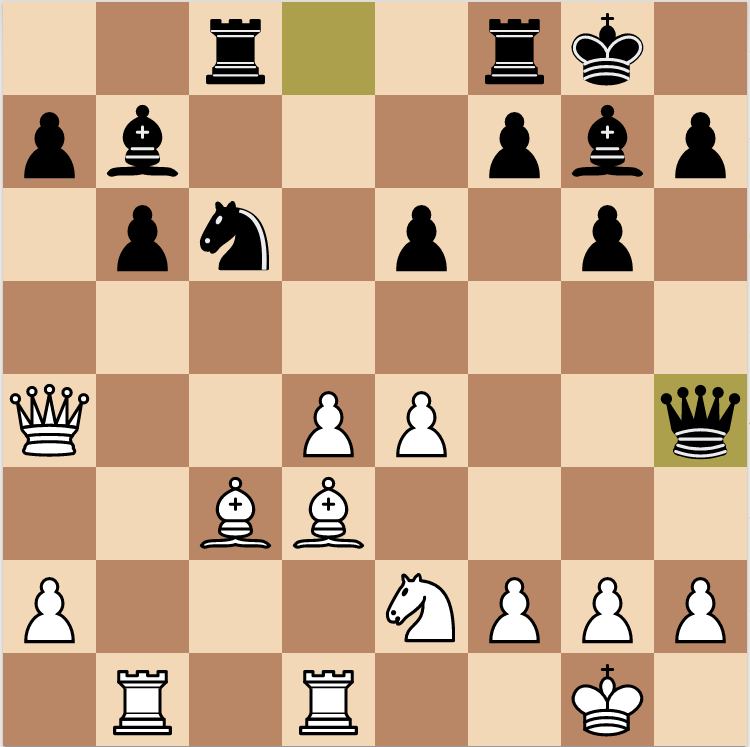
18.Be1 refusing to make any weaknesses on his kingside
18…Rfd8 19.f3 Qe7 20.Bb5
20…a6!
very tricky move! The point is this pawn should not be taken. However, black will start mobilizing his queenside majority and harass white queen.
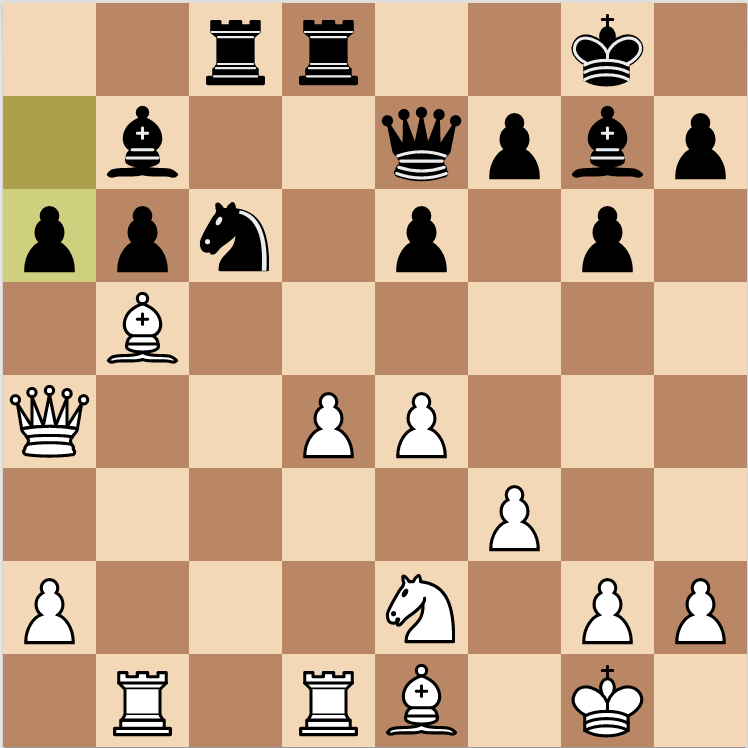
21.Bxa6
White is running out of options here, the only other try is to play 21.Bxc6 Rxc6 22.Qb3 a5! 23.Bf2 Ba6 24.Nc3 Rdc8 25.Na4 Bc4 26.Qb2 b5 and Black queenside will roll in!
21…Bxa6 22.Qxa6 Nxd4
23.Bf2?! tactical mistake!! And black shows us how to punish such an inaccuracy!
23…Ra8 24.Qd3 Ra3! The queen is overloaded! 25.Qc4?? b5!-+
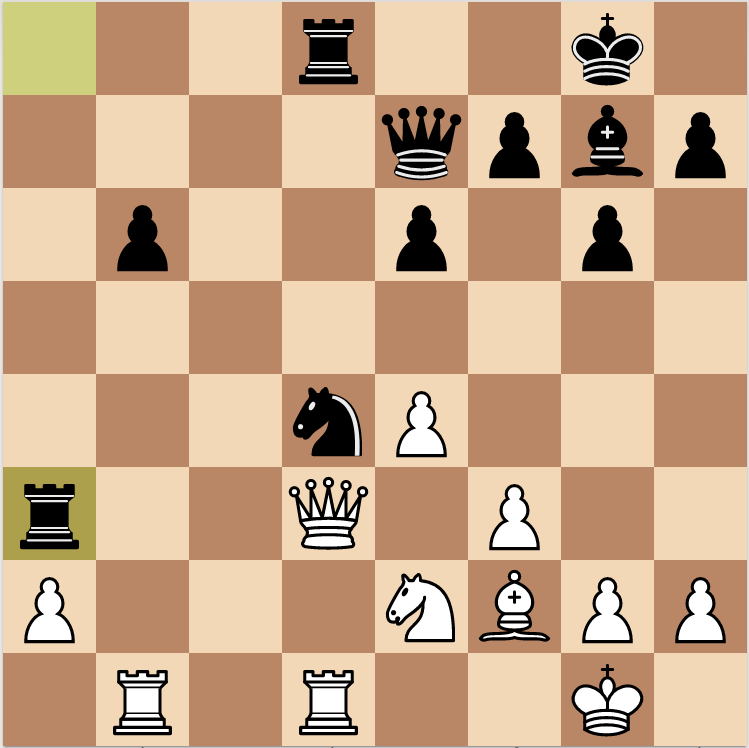
25.Nxd4 Rxd3 26.Rxd3 Qd7 27.Rbd1 Qa4 28.f4 Qxa2 29.h4 Qc4 30.R3d2 b5 31.Nf3 Rxd2 32.Rxd2 Bf6 33.e5 Be7 34.Rd7 Qc1+ 35.Kh2 Qxf4+ 36.Kh3 Bf8 37.Rd8 Kg7 38.Be1 Bb4 39.Bg3 Qf5+ 40.Kh2 Bc3 41.Rb7 b4 42.Rb5 h6 43.Rc5 Qd3 0–1
And here’s the full game to rewatch over and over.
Garry with White: Sicilian Opening
When it comes to Garry kasparov with the White pieces he always played for a win, his opponents tried to be tricky and used his favorite openings with black against him!
In the next games we will show how Garry dealt with his favorite black opening (the Sicilian) when he is the white player!
In this game black is going for the dragon/Najdorf opening which is Garry favorite against 1.e4. He shows us the power of the sidelines against the Sicilian driving the game into a totally different territory and showing the power of the Moscow variation.
This game was actually a blitz game between those players, but the quality of the play is so high. Garry showed us his perfect positional play as well as his great endgame technique.
Our next game was a struggle between Garry and Polgar. The black player was in a must win situation, and Garry played the Moscow variation against her, making it harder for to get any chance for any counterplay!
Kasparov vs Polgar | Sicilian Opening
1.e4 c5 2.Nf3 d6 3.Bb5+
This was the second game in this match. Kasparov, after victory in the first game, chooses the most solid line. Once in a similar situation he played against Judit 2.c3, but now, maybe, he considers this move as too risky! As there is so much theory on this c3 Sicilian and he would like to restrict the options of the black player by playing the Moscow variation.
3…Nc6
3…Bd7 is the main line, and leads to more or less equal positions where black is having a space issue and under some sort of pressure on the center and queenside.
4.Bxc6+ bxc6 5.0–0 e5
6.c3 g5?!
Dubious move, but how Black can play for a win with “normal” play? 6…f5 is more common here, though Black can’t be too happy with his results, for example 7.exf5 Bxf5 8.d4 e4 9.dxc5 exf3 10.Qxf3 Be6 11.Re1 Kd7 12.cxd6 Qf6 13.Bf4 with a horrible position for Black.
7.d4 g4 8.Nfd2 cxd4 9.cxd4 exd4 10.Nc4 c5
The last move was a novelty when the game was played.
11.Re1 It’s easy to see that White got great compensation for the pawn: better development and an exposed king on e8.
11…Be6 12.Nba3 12.Bf4!? …Bxc4 13.Qa4+ Qd7 14.Qxc4
12…Be7 13.e5
13…d5 14.Nd6+! Kf8 14…Bxd6 15.exd6 Qxd6 16.b4! Ne7 17.bxc5 Qxc5 18.Nc2! O-O 19.Ba3! Qc7 20-Nxd4 white is almost winning here, everything is pinned on the e file and black king is exposed as well!
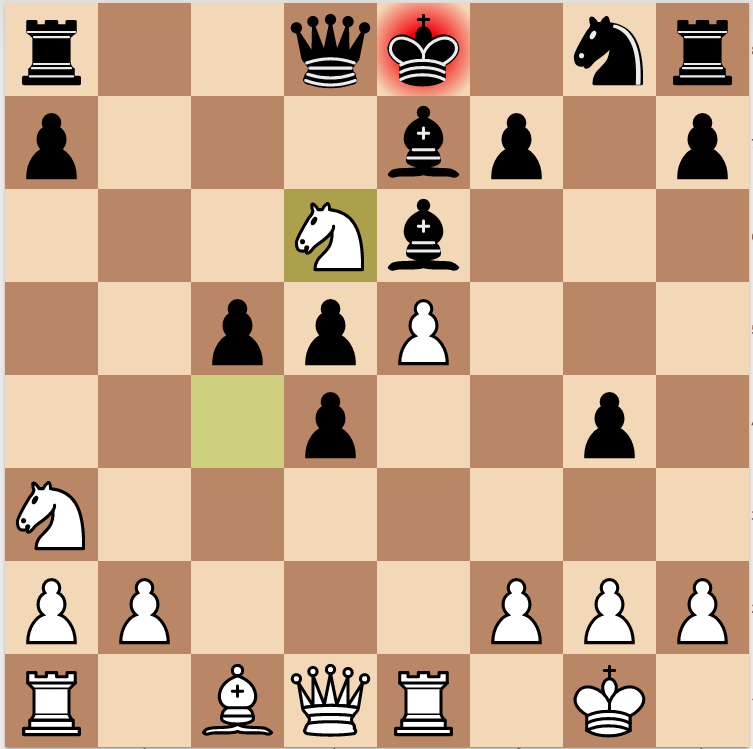
15.Bf4 h5 16.b4! White must attack black’s pawn center.
16…c4 17.Qxd4 h4 18.Nab5 Rh5 19.Qe3 Kasparov got a big advantage after the opening. Black can’t complete the development and must suffer now for nothing.
19…Qd7 20.Nd4 Bd8 21.Qd2 Ne7 22.b5 Ng6 23.Nc6
Look at how dominating is the couple of knights!
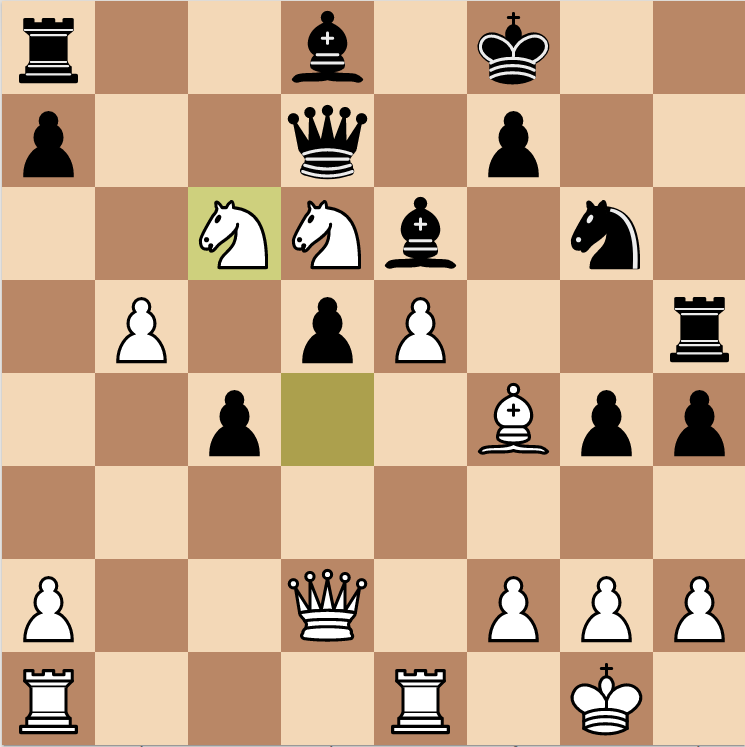
23…c3 24.Qc1 g3 this break is typical in such positions, but here it accomplishes nothing for black. It even simplifies the position much more and makes it easier for white to play without the constant fear of any break on the kingside.
25.fxg3?!
The position is still winning for white. However, the more precise 25.hxg3 hxg3 26.Bxg3 is better as it keeps the white pawn structure more intact.
25…hxg3?!
The in between move 25…Bb6+ would have been very tricky as white could get in danger if he plays the careless 26.Kh1? then 26…h3! Keeps things complicated enough to keep black in the game! Still, if white is careful he would play 26.Be3 hxg3 27.Bxb6 gxh2+! 28. Kh1 axb6 and 29.Qxc3 white is clearly better but not winning yet!
26.Bxg3+– Bb6+ 27.Kh1 Kg7 28.Qxc3 Now White won two pawns, his position is winning, but Judit continues to fight.
28…Rah8 29.Rf1 Kg8 30.Rae1 f5 It is not time for Black to count pawns! Judit as usual fights back and creates some threats against white’s king.
31.exf6 Qh7 32.f7+ 32.Nd4 Rxh2+ 33.Kg1+– was also enough
I’ll let you watch the reminder of the game in my LiChess board.
I would like to point out that this was a rapid game! There are some inaccuracies in the end but other than this, White played perfectly in spite of the high level of creativity black showed in every single move!
Conclusions
In this article I discussed two famous chess Opening that were favorite of Garry Kasparov: The Grunfeld Defense and the Sicilian Defense. Garry is considered by many the strongest chess player in the history, therefore watching his openings is a great way to learn how to handle these positions.
Have fun!!